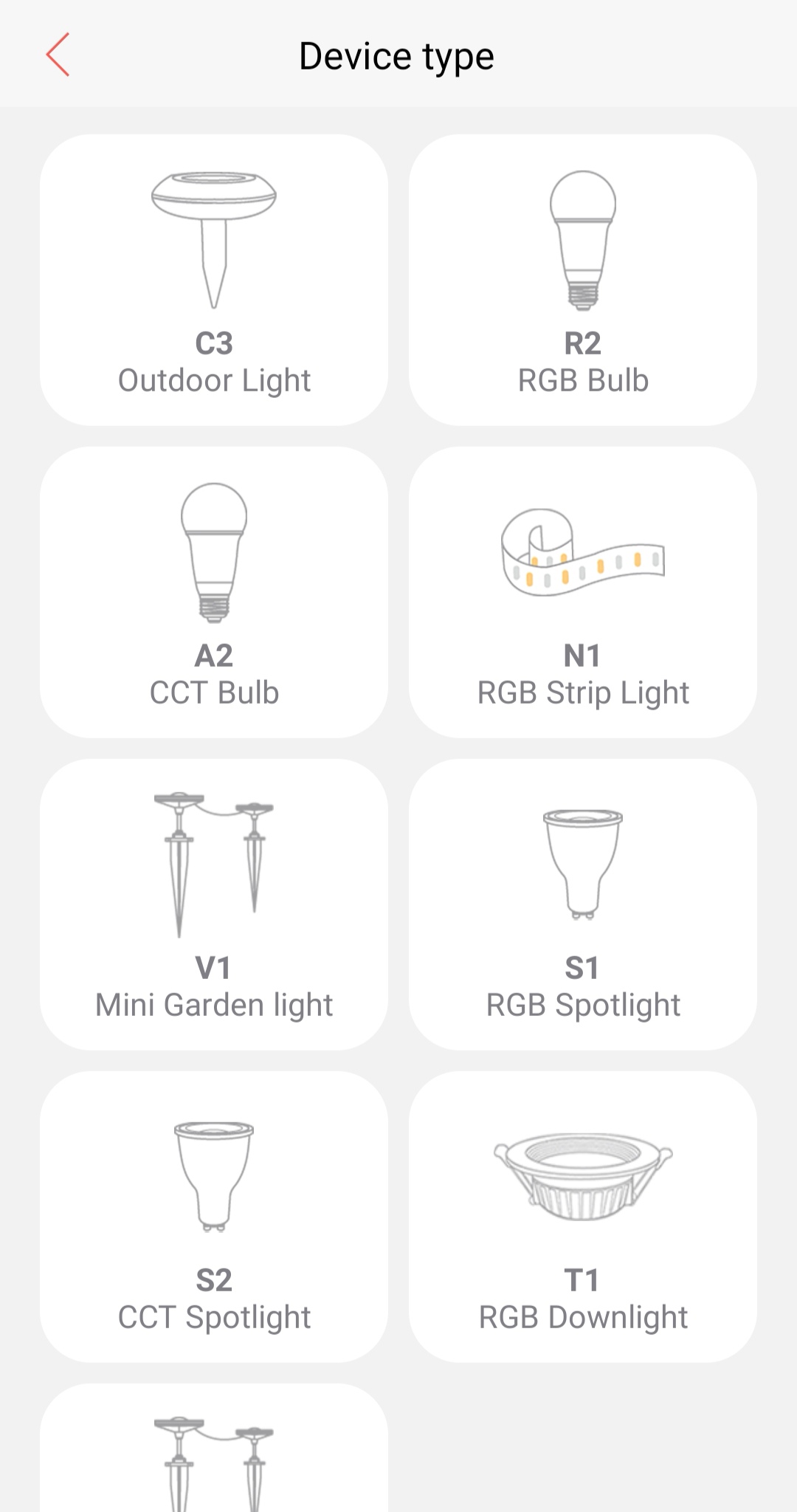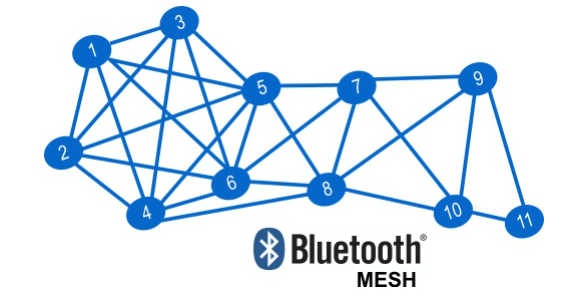Many of the audio fans are vacuum tube fans. Unfortunately, in the days when vacuum tube fans and vacuum tube machines are together, they often have to worry about being afraid of themselves, and the beloved "tube" will not "go away" that day. I am worried about turning on the power switch with great interest. After that, those "pipes" suddenly had something unexpected; worried that when many enthusiasts came to visit, the good pipes on the weekdays would become worse; also worried about the omnipresent microphone effect at the most unlikely moment. Take precautions and beware of accidents, so I always maintain a safe stock of vacuum tubes that are adequately replaced. Although this is an effective strategy, it is not very complete and too expensive. At the same time, this kind of passive method that is almost sitting still is not the most appropriate way. We should have better contingency measures. The internal components of the vacuum tube belong to a mechanical structure, and in actual use, there are often phenomena of vibration and resonance. When this resonance produces an obvious and audible sound, it is especially called the "microphone effect"-this is the most common and most criticized place for vacuum tubes. There is a very good treatment tool to solve this particular problem, namely AudioQuest's Sorbothane Tube Damper, referred to as STD, see Stereophile Vo1.16 No. 2, Dick Olsher's review report for details. Each STD looks like a wide and thick rubber washer. This STD can be easily combined with a vacuum tube, as long as the STD is placed on the vacuum tube, that is, it seems that a thick rubber band is applied to the vacuum tube. According to AudioQuest's recommendation, each pair of vacuum tubes can be fitted with two STDs, one at the top and one at the bottom, so that it will not hinder the heat dissipation of the vacuum tube. In any case, the results of my trial suggest that the best vibration suppression effect is to put the STD near the center of the vacuum tube. The 6DJ8 vacuum tube has always been famous for its microphone effect; for many years I have put on STD for every 6DJ8 I use, and I also put on STD for all phono-grade vacuum tubes. Xu is because of his personal luck, and many vacuum tube fans often complain about the microphone effect problem. I can hardly say that I have never encountered it. However, this is due to the STD I used. I think that as long as STD is used, this annoying problem can be solved. Although I dare not say that STD can absolutely prevent the microphone effect, but based on past experience, I am convinced that I should put the STD on all new vacuum tubes reverently and respectfully. The only limitation is the size: Tube Damper can only be used for small vacuum tubes, such as 6DJ8, 12AX7, etc.
The second problem is that STD is usually not recyclable, sometimes it sticks directly to the vacuum tube wall, and sometimes it melts even when heated. Because the melting point of Sorbothane is very low, it cannot be used for higher power vacuum tubes or output vacuum tubes (such as 6550, KT88, etc.). Vacuum tube overheating has always been the main reason that affects the life of vacuum tubes. In view of this, many related products came into being, and one of them is the "Tube Cooler" manufactured by Perkins E1ectro-AcousTIc Research Laboratory (PEARL). This Cooler is said to significantly reduce the operating temperature of the vacuum tube glass jacket, thereby greatly extending the life of the vacuum tube. Detailed theory and explanation documents can be obtained directly from Bill Perkins of PEARL. He has prepared a series of research papers called Audio Notes for the reference of interested persons.
Unlike the aforementioned STD, Tube Cooler is available in a variety of sizes and can be used on various sizes of vacuum tubes. The most commonly used are the small Small-Signal Cooler (for 6DJ8, 12AX7, etc.) and the larger Power-Tube Cooler (for 6550, KT88, etc.). Since the vacuum tubes produced in different factories often have different sizes, PEARL vacuum tube cooler can be made to fit the size according to the specific size. Each Cooler is composed of a black hard copper film composed of radial fins, which looks very similar to the heat sink of a general amplifier. The vacuum tube is inserted in the center of this Cooler, tightly looped and fixed by a heat-resistant elastic band (each Coo1er has two silicon elastic rings). At this time, it seems that the vacuum tube grows fins that radiate outward. The vacuum tube is vertical.
Because it is made of copper metal, Cooler will have unpredictable changes in the electrostatic field inside the vacuum tube. In some applications, some people say that it has a negative impact on sound quality. In order to give full play to its due effect, PEARL provides a detailed installation explanation. Each Cooler can use a single wire with three grounding methods; connect the resistance at both ends of the grounding wire; or use resistance and a small capacitor. As long as the grounding treatment is given, Cooler can continue to achieve the purpose of extending the life of the vacuum tube without any negative impact. And because it is made of metal, Cooler itself may be subject to vibration. At this time, the two loose loops on the Cooler on the one hand make the Cooler tightly fixed, on the other hand, they can be used as a damper to prevent the Cooler from vibrating. After installing this Cooler in the SL-1 Signature and Model 333 high level pre / phono level combination, I learned that there is no obvious mechanical vibration, nor any internal electrostatic magnetic field may be changed to form There is no difference in the sound quality between before and after the Cooler is installed. Of course, this is probably related to Cooler's good grounding treatment, which makes the possible negative effects disappear invisible.
In terms of improving the sound quality of the vacuum tube and extending its life, the newest tube currently listed is Tubesox from Ensemble (also introduced by Dick Olsher in this publication vo1.16 No. 2, p.176). What makes Tubesox different is that it can handle the microphone effect and heat at the same time. Each Tubesox is about 1.25 inches long, and it looks like it is tightly woven with copper wire and a fibrous substance, and it is very similar to "Chinese style handcuffs", that is, it is used to clamp the prisoner's finger when the confession is severely punished, making it painful. Kind of torture tool. The braided structure of Tubesox has a damping effect (vibration resistance) on the vacuum tube, and its copper wire part helps to help the heat dissipation of the vacuum tube glass.
The fiber part of Tubesox seems to be straw fiber, which makes me a little worried, I wonder if it will be ignited and cause a fire. I told George Bischoff of Melos about my concerns, and he suggested that he might as well take a Tubesox to burn it. So, I prepared an ashtray and lit the match. Move Tubesox into the flames. It is strange that Tubesox is not on fire. It turned out that the fiber was Kevlar, no wonder it never burned! Like Tube Damper, Tubesox can only be used for small vacuum tubes, such as 12AX7, 6DJ8, etc .: Unlike STD, Tubesox is very small, and small vacuum tubes can be fitted with Tubesox no matter how they are placed. In contrast, STD or Cooler must be occupied Larger spaces, when the vacuum tubes are placed too tightly, often only Tubesox comes in handy. Similar to the STD function, Tubesox also tightly wraps the vacuum tube to prevent it from mechanical vibration, which can reduce those disturbing microphone effects. Although Tubesox and Cooler also use copper metal as a heat dissipation medium, their heat dissipation capacity is obviously not as good as Cooler. After all, Cooler is completely made of copper, and the heat dissipation area is much larger than Tubesox. However, I did not conduct experiments to verify the above statement. On the other hand, the copper metal used by Tubesox is not very large, so it is unlikely to cause any unpredictable effects of the electrostatic magnetic field in the vacuum tube, and it is also unlikely to cause resonance.
The above three products all help to improve the sound quality of the vacuum tube and / or extend the life of the vacuum tube. There are still some very basic handling issues for the vacuum tube machine that deserve attention. First of all, there must be good ventilation and heat dissipation-overheating temperature will inevitably shorten the life of the vacuum tube. In other words, there must be a proper space (especially above) around the vacuum tube machine to allow good ventilation. If possible, a low-noise cooling fan should be used to assist in heat dissipation. If the vacuum tube machine used has a special preheating device, it must be used. If not, do not rush to input audio, you should warm up the machine for 20 to 30 minutes before use. If the vacuum tube machine used has a special shutdown device (such as a higher speed and noisy fan cooling), it should be used before shutting down. In addition, there are other special designs-for example, Simply Physics Variac date can slowly increase the current.
In fact, "vacuum tube fans do not have to negatively bear the microphone effect of the vacuum tube and its dying life. Tube Damper, Tube Coo1er and Tubesox provide an improved way, while increasing the service life of the vacuum tube. STD can eliminate the microphone effect of the vacuum tube; Coo1er greatly Extend the life of the vacuum tube; Tubesox reduces the microphone effect of the vacuum tube on the one hand, and also extends the life of the vacuum tube on the other hand.
Let ’s talk about Mrs Wagner of TUBESOX Ensemble again. After reading my comments on Tubesox in the Chinese March issue (Vol.16 No.2, p.176), I called to discuss some different views with me. First of all, what I said is that a single size is not enough for various vacuum tubes-it is debatable. He pointed out that Tubesox has a stretch of a few millimeters (mm), so it may be a little stretched or pushed. I tried nothing wrong, just push and pull with your fingers. It is possible to fit Tubesox on the fore-level vacuum tubes of various sizes. Second, regarding the temperature measurement problem: I found that after the vacuum tube is covered with Tubesox, there will be several degrees of delayed temperature difference at the top of the vacuum tube. According to Wagner's test data, there will be a small amount of low temperature near the tube socket (the lower end of Tubesox). This means that although the average temperature of the vacuum tube and Tubesox rise to a certain level, the hottest part of the vacuum tube is being dissipated by Tubesox. If this is the case (I did n’t try to repeat Wagner ’s experiment) In addition to improving the sound quality of the vacuum tube, Tubesox also has the function of extending the life of the vacuum tube. How can I emphasize that the main purpose of using Tubesox is to improve the sound quality of the vacuum tube, not to extend the use life. After installing Tubesox, the ordinary front-stage vacuum tube immediately transformed into the highest level vacuum tube.
Control way-APP
The light color, brightness, cycle mode and timing can be controlled by App.The App are developed on the most advanced Bluetooth Mesh technology. [LinkupHome" App can be downloaded in the App store or Google Player, then you can control our product without any complicated steps. The App is stable, easy control and multifunctional.


Introduction
Smart down light with both warm light and RGB colorful light, it can meet the daily lighting and ambient lighting, high efficiency and energy saving, light source is stable and without strobe. Three color temperatures can be choosed for white lighting, 3000K, 4000K and 65000K. The color, brightness and RGB lighting auto-cycle mode can be controlled on the App. Three sizes of down lights for customer`s choice, small , middle and big sizes can meet different requirements, and the installation is very easy.
Product Parameters
Lamp Power: 9W
Working Voltage: AC110-240V
Frequency: 50-60HZ
Lumen: 805LM
Color: RGB+CCT
Protocol: Bluetooth Mesh
Wireless Transmission: 20m
Protocol
The advantages of Bluetooth Mesh are fast connect, low power consumption, no password required and Ad-Hoc Network. No need WIFI and hubs, as long as you have a Bluetooth-enabled smart phone, you can experience the smart light. When you install several smart down lights, the self-organizing network function can make the signals free connect, break the limitation of distance.

Big Size Downlight,Large LED Downlights,Big Size Fire Rated Downlight,Big Size LED Downlight
Ningbo Homey Photoelectric Technology. Co., Ltd , https://www.linkuphome.com